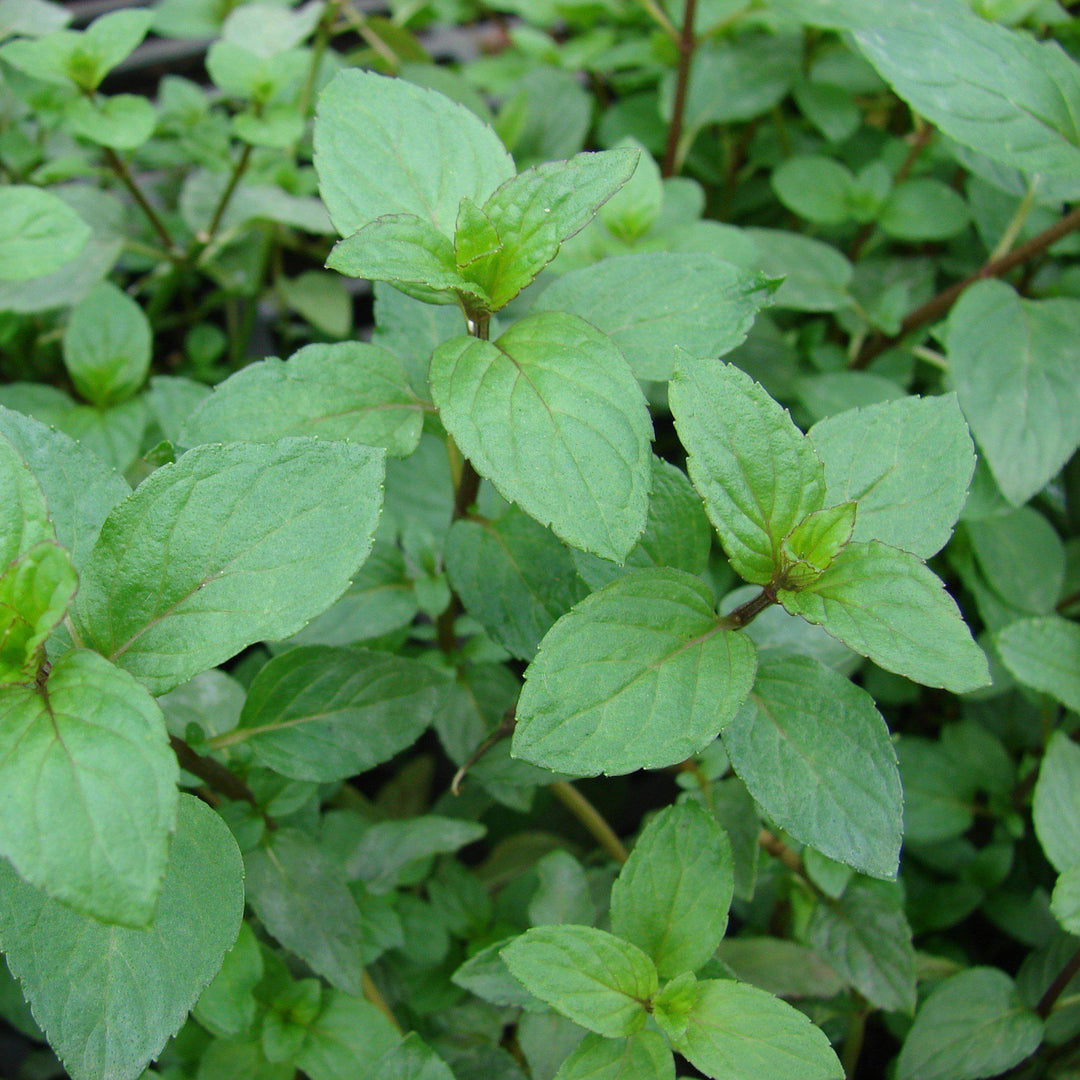
Metha citrata
Common name: Orange Mint
Bergamot Mint Bliss: Cultivating the Aromatic Mentha Citrata
Mentha citrata, often referred to as Bergamot Mint or Orange Mint, is a perennial herb celebrated for its citrus-scented leaves and lavender-like flowers. This unique mint variety is a delight in both gardens and kitchens, offering a refreshing, lemony aroma and flavor.
Known for its aromatic, citrus-scented leaves, reminiscent of bergamot orange.
Produces small, lilac-colored flowers, adding aesthetic appeal.
Ideal for culinary uses, herbal infusions, and as a fragrant addition to gardens.
Plant Care
Effective care is crucial for the thriving growth and aromatic qualities of Bergamot Mint.
Sunlight: This plant flourishes in full sun but can adapt to partial shade, making it suitable for various garden locations.
Soil: It shows optimal growth in well-drained, moist soil, ideal for healthy development.
Watering: Consistently moist soil is crucial, as mint prefers slightly damp conditions for growth.
Spacing: Plants should be spaced about 18-24 inches apart to allow enough room for their natural spreading.
Planting and Propagation
Planting and propagating Mentha citrata can enhance the sensory appeal of your garden.
Plant in spring after the last frost has passed.
Propagate by division in spring or autumn, or from stem cuttings.
Can be grown from seed, but division ensures the preservation of its unique fragrance.
Pests and Diseases
Bergamot Mint is relatively hardy but may encounter some common garden pests.
Watch for aphids, spider mites, and other common mint pests; treat as needed.
Susceptible to rust and powdery mildew in humid conditions; maintain good air circulation.
Avoid overwatering to prevent root rot.
Feeding and Fertilizing
Regular feeding is not typically necessary for Bergamot Mint.
If growth is slow, apply a balanced, all-purpose fertilizer in spring.
Over-fertilizing can lead to excessive growth at the expense of aromatic oils.
Incorporating compost into the soil can improve growth and flavor.
Seasonal Care
Adjusting care according to the seasons is key for the health of your Bergamot Mint.
In colder climates, mulch around the base in fall to protect the roots over winter.
Prune back in early spring to encourage fresh growth.
Mint can become invasive; control its spread by planting in containers or using root barriers.
Plant Uses
Mentha citrata is versatile in both culinary and garden settings.
Adds a unique citrus flavor to teas, cocktails, and desserts.
Can be used as a fragrant ground cover or in containers for patio gardens.
Its flowers attract pollinators, enhancing the garden's biodiversity.
Varieties and Cultivars
While Mentha citrata is a distinct variety, exploring other mint varieties can add diversity to your garden.
Other mints like peppermint and spearmint offer different flavors and growth habits.
Experimenting with various mints can provide a range of aromas and tastes for culinary use.

Growing Tips and Tricks
Some additional insights can enhance your experience of growing Bergamot Mint.
Prefers a sunny location with well-draining soil.
Regular harvesting or trimming encourages fuller, bushier growth.
Be cautious of its spreading nature; consider planting in pots to contain its growth.
Troubleshooting Common Problems
Addressing common issues early can keep your Bergamot Mint healthy and vibrant.
Yellowing leaves may indicate overwatering or poor drainage.
Sparse growth or legginess can indicate a need for more sunlight.
Manage its invasiveness by regularly removing runners and keeping it contained.
Read our blogs for more gardening tips!




